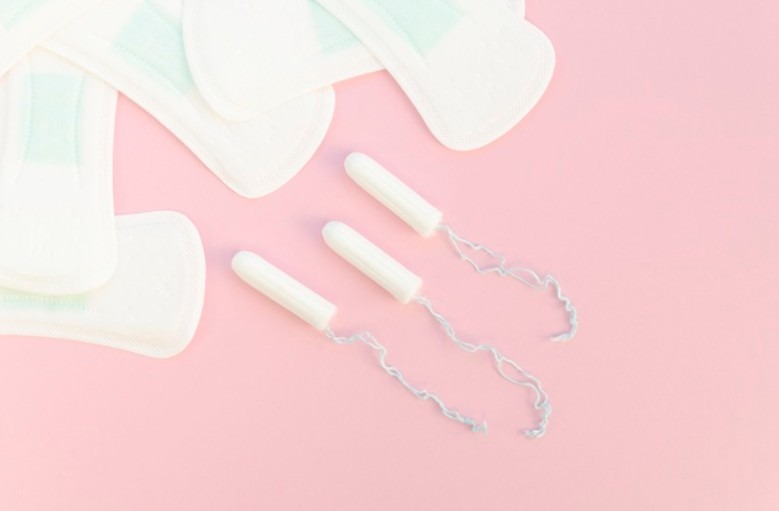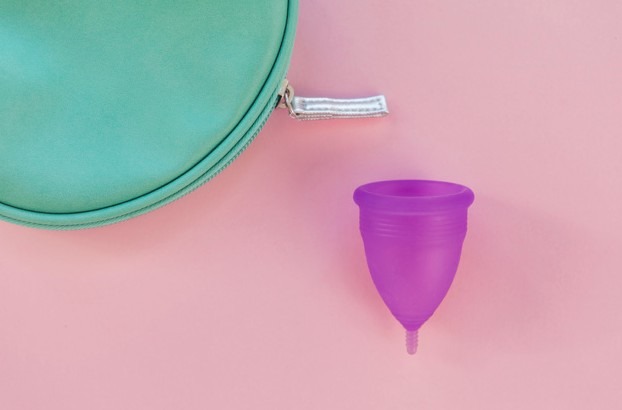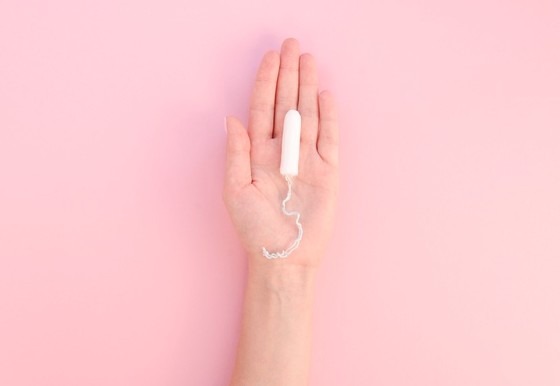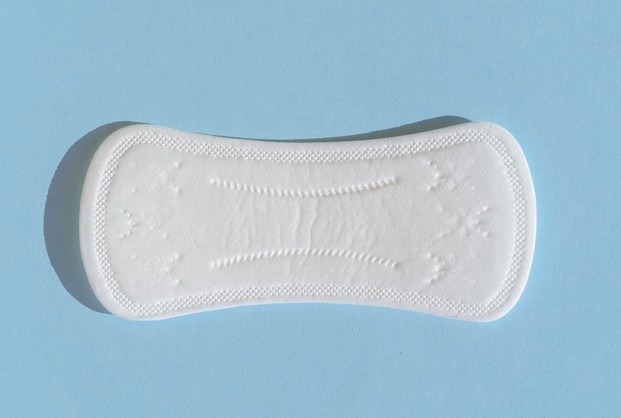As a woman, when you are trying to figure out how to be an adult, continual questions pop into your head about hygiene on the menstrual cycle. From what to do if your tampons and pads run out to options if you can no longer afford them: many wonder if there is a way to survive.
Many of us had skipped our trips and favorite occasions such as hiking to avoid the hassle of packing products and disposing of them. Moreover, have you thought about what you would do if a disaster struck and you had to go survival mode?
Hence, let us take a look at what to do for feminine hygiene while in survival mode.
1. Store Your Essentials

Many people advise having pads and tampons on hand at all times. It is either a disaster or a regular day. Every lady needs to know when her period is coming and where she can get a stack of tampons to utilize.
After a disaster or a viral wave warning, we recommend storing tampons and pads in the same manner as food and other commodities. Make sure that the ladies in your life have enough for their needs as well.
However, stocking them up is not enough, so we recommend reading further!
2. Go For Reusable Commercial Options:
For long-term disaster preparedness, having reusable choices for this time of the month on hand is a good idea.
- Menstruation cups:
In the late 1950s, menstrual cups came, invented. Then, in the 1970s, they were called out once more, but women preferred more sophisticated disposable techniques. Menstrual cups are helpful for the environment because they do not have to be thrown away and can exist reused after being washed and sterilized.
When trying them for the first time, time might be a problem and uncomfortable. You will, however, find it worthy after utilizing it. However, the picture above shows that you will have to compress the cup and shove it inside your vaginal canal. During a hike or a disaster, there may be concerns about how to dispose of blood. You should dig six feet underneath the ground and then bury it if this happens.
- Sponges:
Many old relics are making a comeback today, and one of them is sponges. Sponges are used just like tampons. However, Sponges are reusable. Although, in these contemporary times, I am sure they are a little more sanitary. Many people have used sponges given by Poseidon.
- Commercial cloth pads:
These are comparable to the popular cloth-based reusable baby diapers known as nappies. Reusable pads, such as these from Amazon, can be obtained. If you have bleach or other bacteria-killing ingredients on hand, such as essential oils, using these in the wash could be a good option, especially if hand washing.
3. Make Your Tampons and Pads
During such occasions, many of you think about DIY pads or tampons. Well, we have finally got some approved DIYs. For long-term disasters, some alternative DIYs are more comfortable than the above ones.
- Paper towel or toilet paper pads:
Almost every woman is familiar with paper towel pads. The urgency comes to use them when you run out of them or your periods surprise you in public without your preparedness.
Method:
To construct paper towel pads, standardly take a thick stack of paper towels and ensure it is all lined and perforated with parallel edges. Ensure that the thickness is greater than or equal to 1.3 cm. The length and width should be similar to the originally-made pad. You may use this approach with toilet paper.
You can utilize your DIY pads now that you have followed the preceding approach.
Reusable DIY:
- Reusable knitted tampons:
Many of us use pads and know that they are costly. However, you can make your cost-effective tampons at home. Below is a method summarized for you given by With a tangled skein. She has complete instructions on how to create tampons on her blog, and you can reuse them.
Method:
Take Organic cotton and cast on 13 stitches using a two-tail cast on, worsted weight cotton, size four needles, knit in the round for 16 rows, bound off 18, knit and then cord for four rows, bound off, and leave a long tail because stockinettes have a natural tendency to curl. You can utilize cotton balls as well!
- Reusable Cloth pads:
DIY is easy and accessible. Here is how to make cloth pads:
Method:
Cut a cotton cloth in a diamond shape with a vibrant color or white. The length should be roughly 9 inches, identical to the genuine manufactured ones. Following that, sew both of the pieces together.
After that, make a slit in the middle, making sure it is just in one piece of fabric, and turn the cloth right-side out with your fingers.
Cut a piece of a different cloth into two rectangles with rounded edges. The length should be approximately 8 inches. Place a slit in one of the fabrics and turn it right-side-out. Further to that, sew a sack of paper towels together. Place the bag through the slit in the rectangular piece and sew it together. Now place the paper towel-filled cloth on the larger diamond-shaped cotton fabric and sew it. Your DIY reusable pads are ready to use!
Bottom Line:
Catching on preparedness for survival under such circumstances is difficult. We have provided you with enough information that will surely help you during such occurrences. How about gaining knowledge for challenges such as surviving a week without power? Also, check out about crops to grow for survival.






